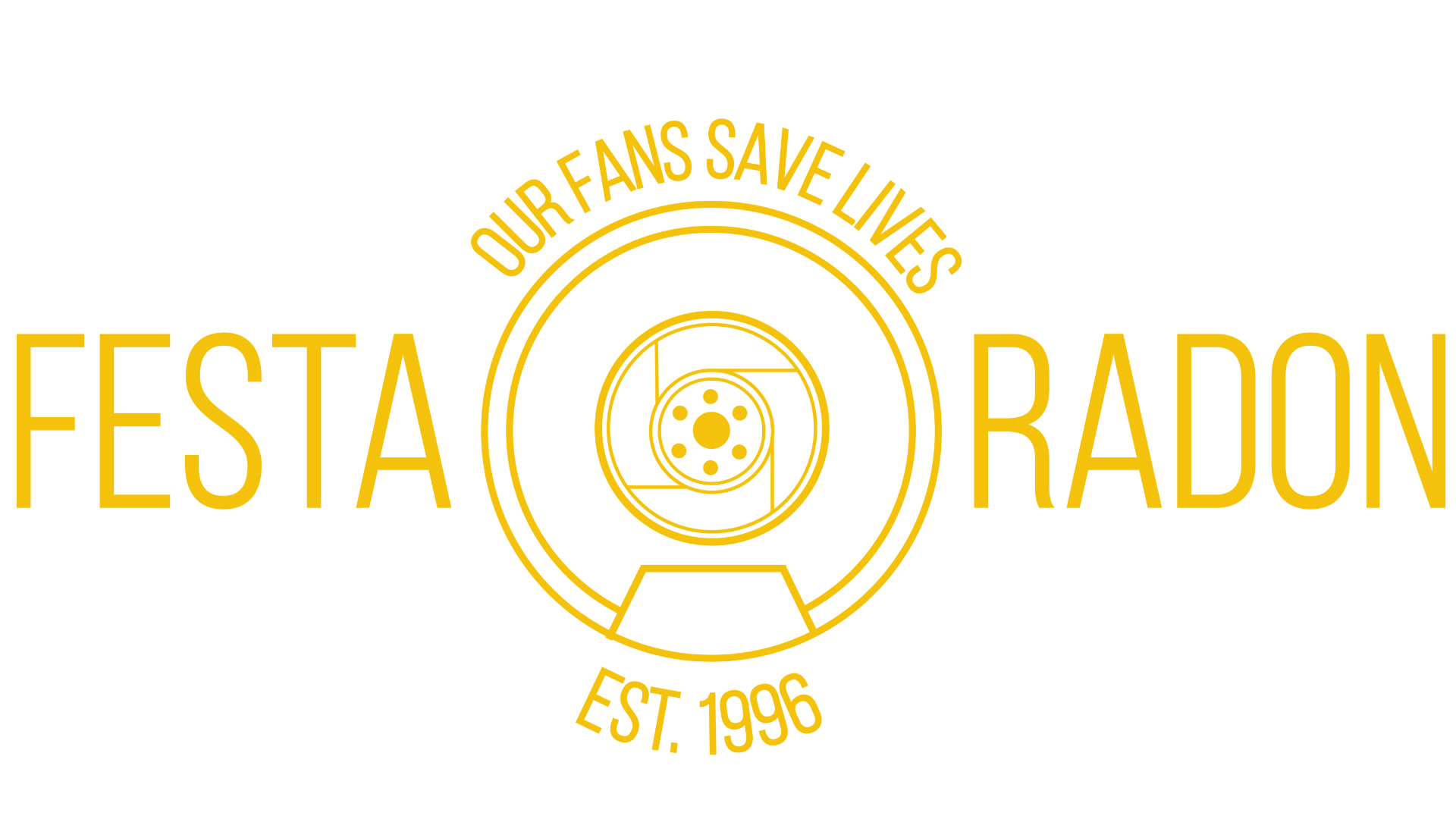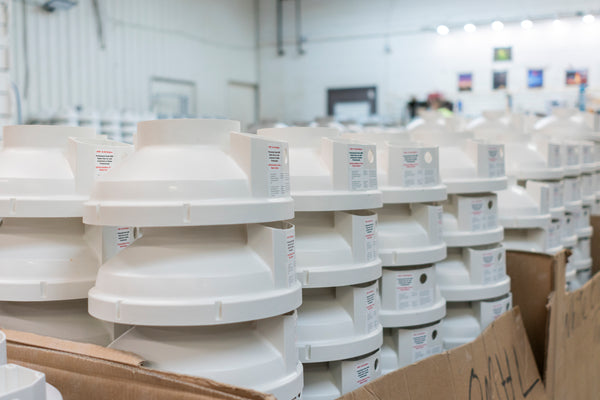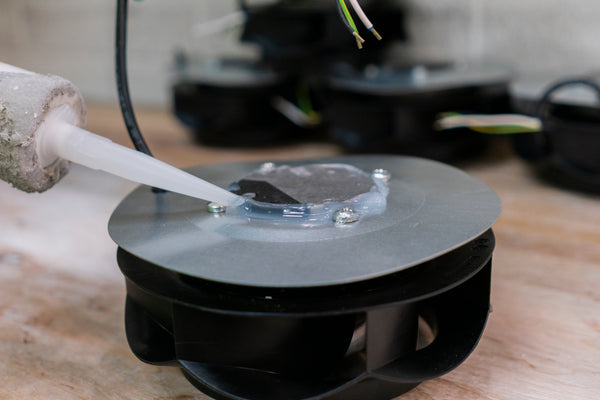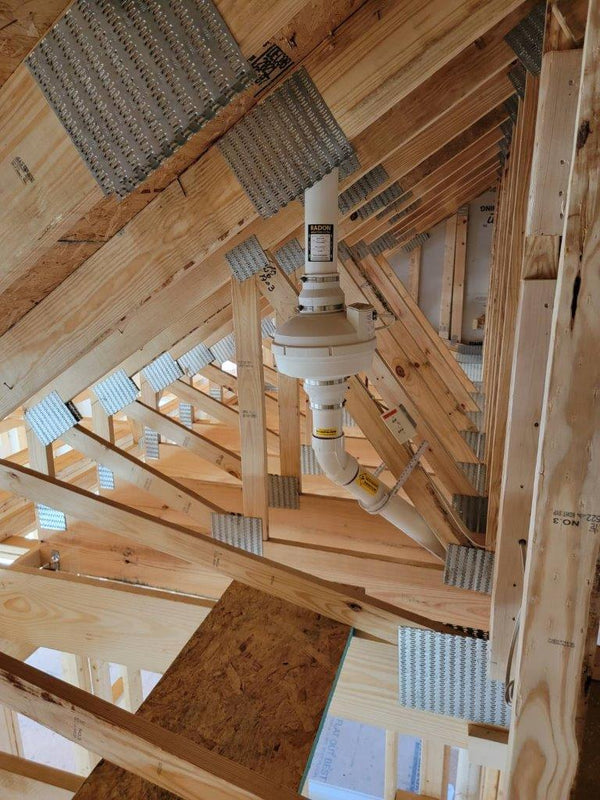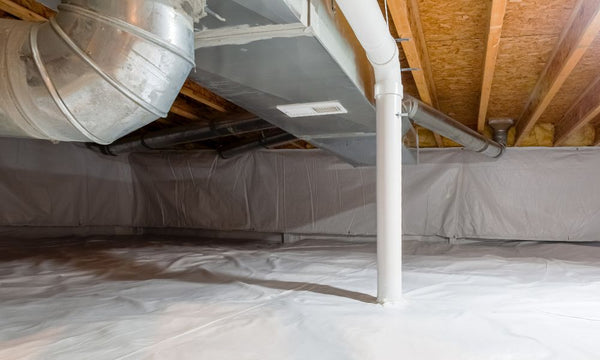
Your Guide to Maintaining Your Radon Mitigation System
Radon mitigation systems are a little different than appliances like boilers or air conditioners, as they don’t require annual maintenance appointments. Your radon fan is designed to run 24 hours a day to continue venting radon out of your home, and it will likely run nonstop for years.
However, as with any mechanical equipment, radon fans have a life expectancy. Most radon mitigation fans on the market have a five-year warranty, but what do you do after those five years are up? Should you replace the fan right away?
The experts at Festa Radon have years of experience dealing with radon and manufacturing our own line of long-lasting radon mitigation fans. Use our guide to learn more about maintaining your radon mitigation system.
How a Functioning Radon Mitigation System Works
When your radon fan is working properly, it will run to pull radon out of your home 24 hours a day, seven days a week. Here’s how it works:
The fan, usually installed in an attic space, near the roof, or outside the first level of the home, creates depressurization in the pipes running down to your basement. When the fan is working properly, it creates a negative pressure field under the concrete slab of your foundation. This pressure field neutralizes the pressure in the home that could otherwise pull radon gas inside. Essentially, the barrier holds the radon at bay and keeps it safely underground.
Good To Know:
Radon mitigation systems also keep other undesirable things in the ground, like mold, moisture, and allergens, from being drawn into your basement!
Anatomy of a Mitigation System
Your radon mitigation system should consist of the following components:
- A radon fan, usually installed in an attic space or outdoors at a minimum of 18 inches above grade
- Sufficient electrical power to keep the fan running 24/7
- PVC piping that extends from the basement all the way up to the radon fan
- A manometer gauge, also called a U-tube, on the piping near the point of installation
Checking the Radon Fan
For the most part, radon mitigation systems are self-sufficient and can run continuously for years without requiring in-depth maintenance. However, if you notice any changes in your system or anything that doesn’t look or sound right, you can perform a quick inspection.
Radon fans tend to run very quietly. If you don’t hear it running, place your hand on the fan; if you feel a vibration, that means it’s on and working.
However, if the fan does start to make noticeable noise as it runs, it could be nearing the end of its lifespan. As radon fans age, the bearings start to break down and cause excess noise. If your fan is more than 10 years old and starting to rattle, consider installing a radon fan replacement for your system.
Checking Electrical Power
What if the fan doesn’t run at all? The power switch is on, and all the other system components are in place, but the radon fan emits no noise or vibration. This failure could indicate electrical problems that have little to do with the fan itself. In this case, contact an electrician to help you determine whether the fan is getting enough power.
The other possible explanation is that the fan itself is defective. Should you receive a radon fan that does not turn on when connected to power, contact the company you bought it from to inquire about a return or exchange.
What Is a Manometer?
We briefly mentioned earlier that an active radon mitigation system requires a manometer gauge, also called a U-tube, to measure pressure inside the pipes. Let’s learn more about what the manometer does and how you can use it to help you maintain your radon mitigation system.
Reading the U-Tube
The manometer gets its nickname U-tube due to its unique shape. The manometer is full of either red or blue liquid that monitors pressure levels and gives measurements using inches of water column.
The reading in the U-tube gauge should be offset (different levels of liquid on each side of the U shape). That means the system is on and working! The only readings that should concern you are the following:
- Zero
- Equal lines (both sides of the U have equal levels of liquid)
- Max pressure
Any of these readings may indicate that your radon fan has stopped running and requires either maintenance or replacement.
Changes in Pressure
In addition, keep a record of your manometer readings each time you inspect your system. Significant drops in pressure between readings could indicate any of the following:
- Your radon fan is dying.
- The barrier in your crawlspace is ripped or dislodged.
- Your PVC piping is loose.
What if the pressure in your pipes has risen significantly since your last reading? Often, that means there’s a jam or blockage in your system. Check your piping for debris or buildup, and think about any recent weather changes; perhaps it has rained recently, or the water table has risen.
Checking for Leaks and Cracks
Do your manometer readings indicate that the pressure has dropped, and you’re sure your radon fan is working as intended? Then it’s time to check for gaps in the system. If you have a crawlspace barrier or encapsulation system in your basement, use a smoke bottle to test the integrity of that barrier. The smoke will blow through any rips or holes in the barrier, making them easier for you to locate.
While you’re in the basement, check to make sure there are no cracks or gaps in the concrete slab of your foundation. Those cracks make it easy for radon to sneak into your home without the pipe sucking it up! Seal up any cracks with a non-porous epoxy or urethane caulk.
Next, check the PVC piping that runs from your basement all the way up to your attic space or wherever the fan is located. If any pipes are loose, or if brackets are not fitted properly, tighten them up.
Radon Testing and Retesting
Radon experts recommend you test your home’s radon levels every two years. Those test results can give you peace of mind knowing your mitigation system is working—or alert you to elevated radon levels!
If you have an active radon mitigation system in place and still have high radon levels in your home, call a radon mitigation specialist for assistance. They can inspect your mitigation system with a trained eye and recommend any necessary repairs or replacements.
Having an active radon mitigation system in your home is crucial to maintaining the safety of the home and the health of its residents. While radon fans do not require constant upkeep the way other home appliances do, we recommend maintaining your radon mitigation system with regular visual inspections and manometer readings. Keep this guide from Festa Radon on hand next time you give your radon mitigation system the once-over.

